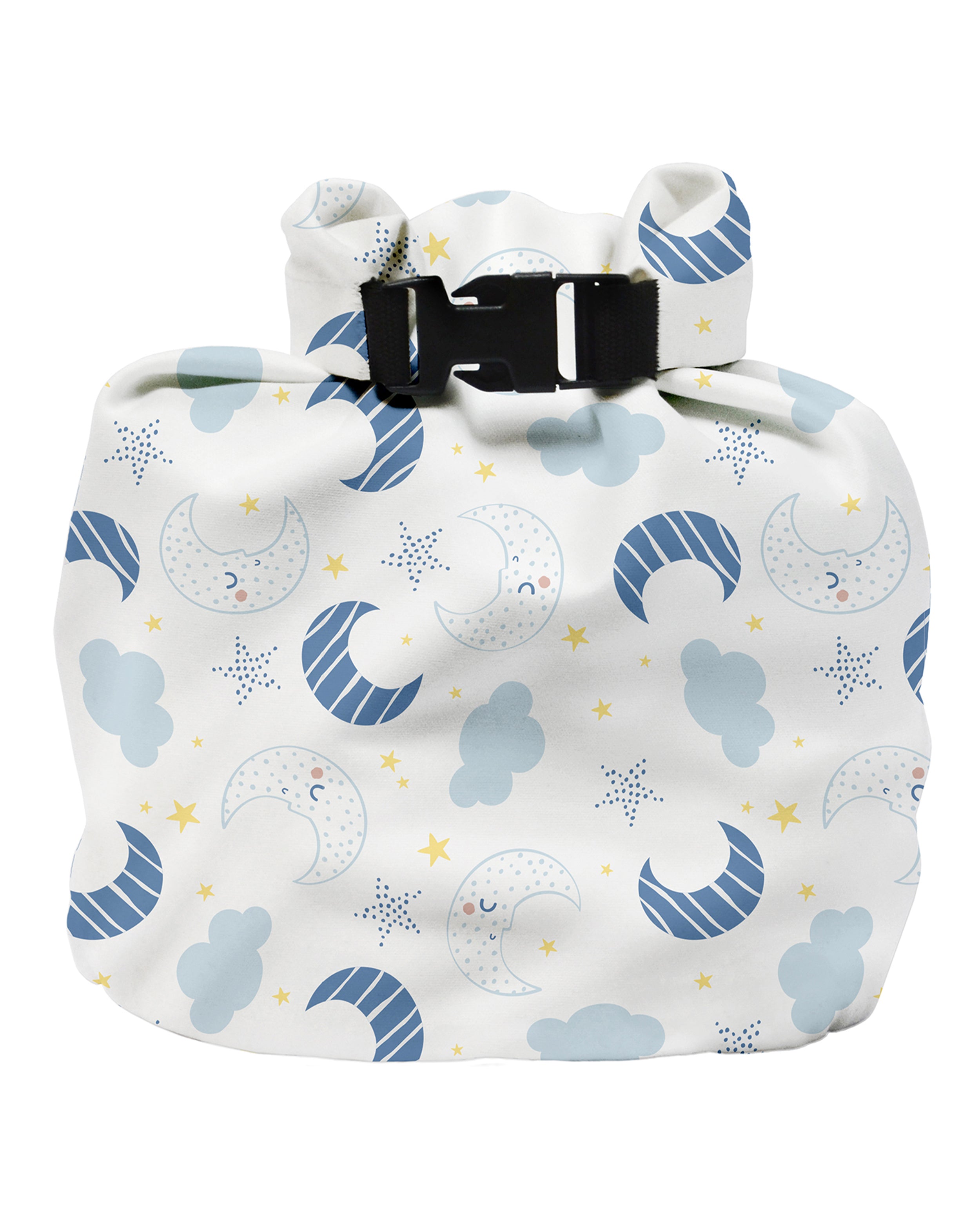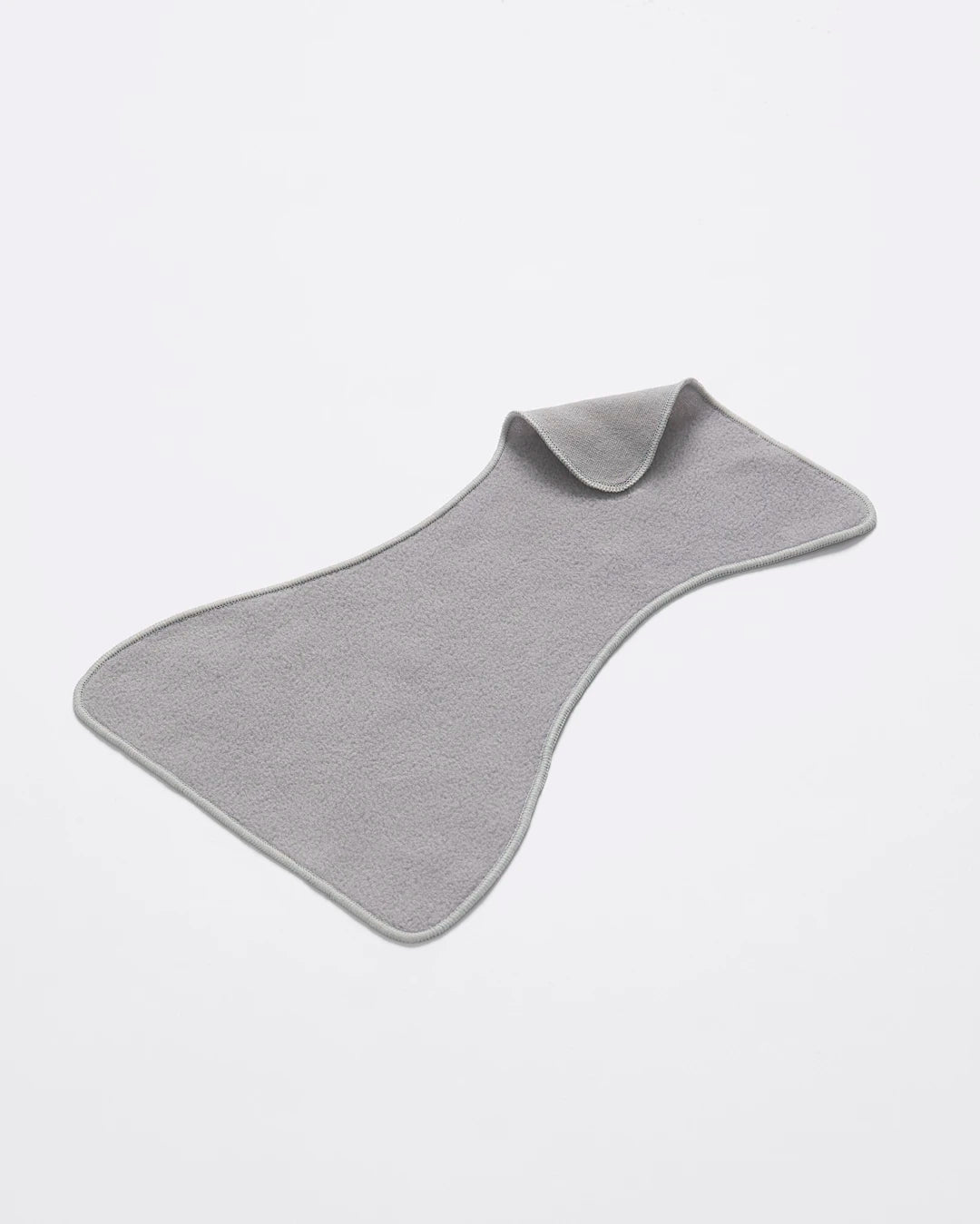Kegel Exercises | Glossary of Pregnancy & Baby Term
Share Options
- Bambino Mio
- 24 / 07 / 2023
Inside this Article:
What are Kegel exercises?
Kegel exercises are also known as pelvic floor exercises (1) and they help to strengthen the pelvic floor muscles (2) underneath the uterus, bowel and bladder. They can help both men and women, but are especially useful for women who are experiencing problems with bowel control or urine leakage (3) after they’ve had a baby.
Where can you do Kegel exercises?
You can do your Kegels anywhere and everywhere. As you’re just squeezing the muscles around your urethra, vagina and anus, no one will notice you doing them. You can perform pelvic floor exercises while driving, sitting at your desk and chatting to friends.
How do I find my pelvic floor muscles?
You can isolate and identify your pelvic floor muscles by pretending that you need a wee and you’re holding it in. Relax and tighten (squeeze) these muscles a few times so you’re aware of where they are.
Performing Kegel exercises
When you’ve identified your pelvic floor muscles, you can start doing Kegel exercises three times a day. It’s useful to sync them up with something you do every day, such as cleaning your teeth and washing up, for example.
- Make sure you have an empty bladder and then stand or sit still
- Squeeze your pelvic floor muscles and hold them tight for three to five seconds
- Relax them for three to five seconds
- Repeat this routine ten times, three times a day with a few hours in between
How long do Kegel exercises take to work?
You should see some improvement after four to six weeks. You might be tempted to do more repetitions each day, but this can lead to your pelvic floor muscles becoming too tight (4) and this can interfere with emptying your bladder and bowel or make sex painful.
How long do I have to do Kegels for?
You should carry on doing your pelvic floor exercises for the rest of your life (5). They’re not just helpful for postnatal women, they can help men and women of all ages, especially as they get older.
Citations and References
- National Health Service (NHS). ‘Women’s Health. What Are Pelvic Floor Exercises?’ 2020. Web. www.nhs.uk/common-health-questions/lifestyle/what-are-pelvic-floor-exercises
- National Health Service (NHS). ‘Pelvic Health. Pelvic Floor Muscles. 2023. Web. www.nhsinform.scot/healthy-living/womens-health/middle-years-around-25-to-50-years/pelvic-health/pelvic-floor-muscles
- National Health Service (NHS). ‘Pelvic Floor Dysfunction (PFD).’ 2023. Web. www.mkuh.nhs.uk/therapy-services/pelvic-health/pelvic-floor-dysfunction-pfd
- Healthline. ‘Yes, You Really Can Do Too Many Kegels. Here’s What Happens.’ 2020. Web. www.healthline.com/health/parenting/yes-you-really-can-do-too-many-kegels-heres-what-happens
- National Health Service (NHS). ‘Pelvic Floor Muscle Exercises.’ 2022. Web. www.royalberkshire.nhs.uk/media/5orcjkl4/pelvic-floor-muscle-exercises_may22.pdf




























